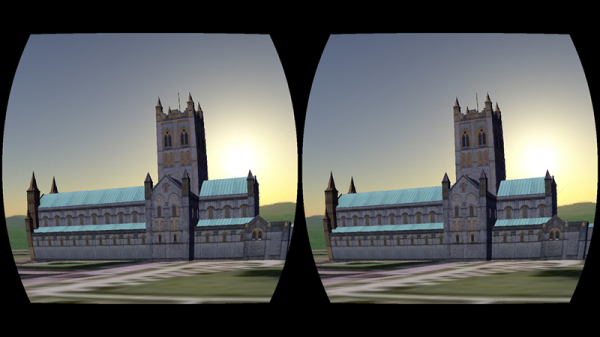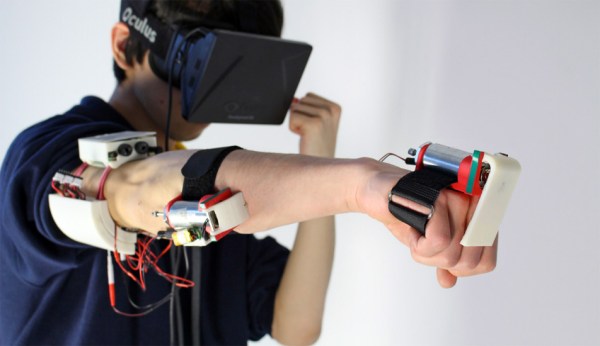The Oculus brand VR headset and other similar devices allow you to view 3D worlds, but they can be blurry and unsatisfying if you’re a glasses wearer. Alternatively, you might be able to see fine, but find your glasses get in the way of a comfortable experience. Either way, you might want to integrate prescription lenses into your headset, and thankfully, there’s a straightforward way to do so thanks to [tanvach].
The way to do so is by using these 3D-printed lens adaptors. They take standard single vision lenses as designed for the Zenni #550021 round glasses frames, and let them fit nicely inside a Oculus Quest, Quest 2, or Rift S headset. [tanvach] supplies instructions on how to order the lenses for your own prescription, and notes that the key is to get the antireflective coating to reduce glare. And, if you don’t want to print your own adapters, you can source some pre-printed instead!
The adapters are a great way to improve your VR experience if you’re someone that typically relies on corrective lenses. Of course, it’s getting more popular to simply DIY your own headset these days, too. If you’ve got your own neat VR project in the works, don’t hesitate to let us know!
Thanks to [Keith Olson] for the tip!


















